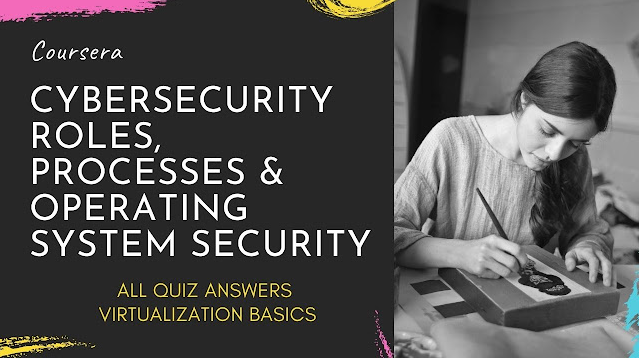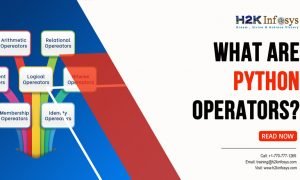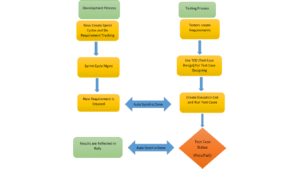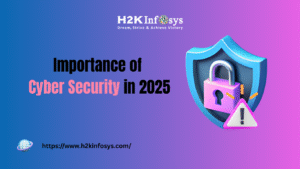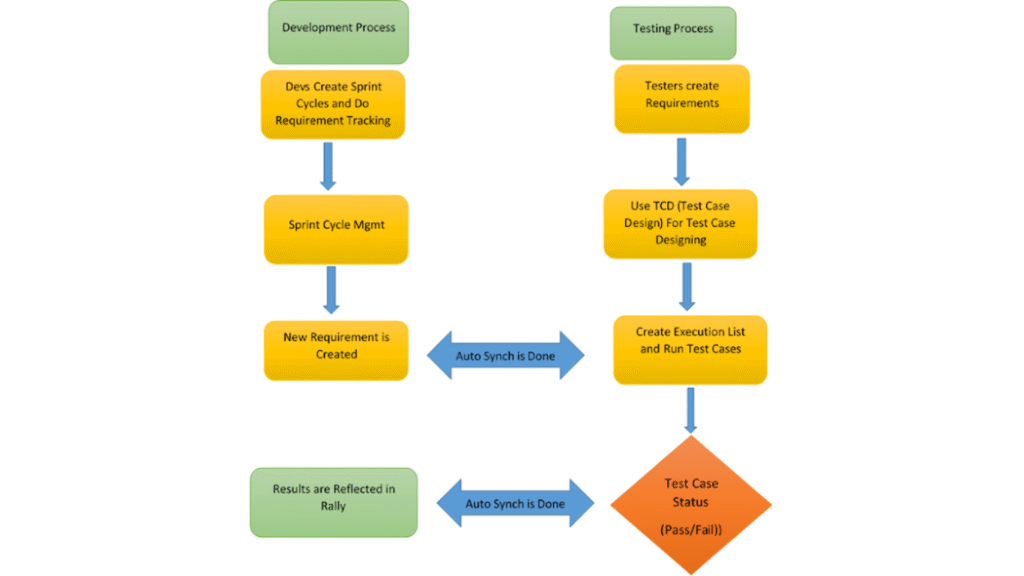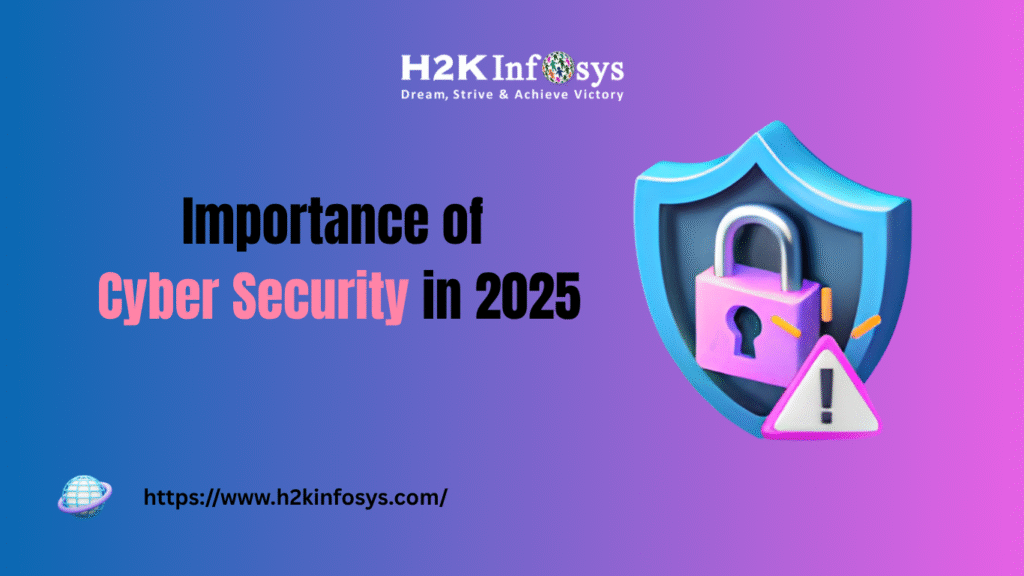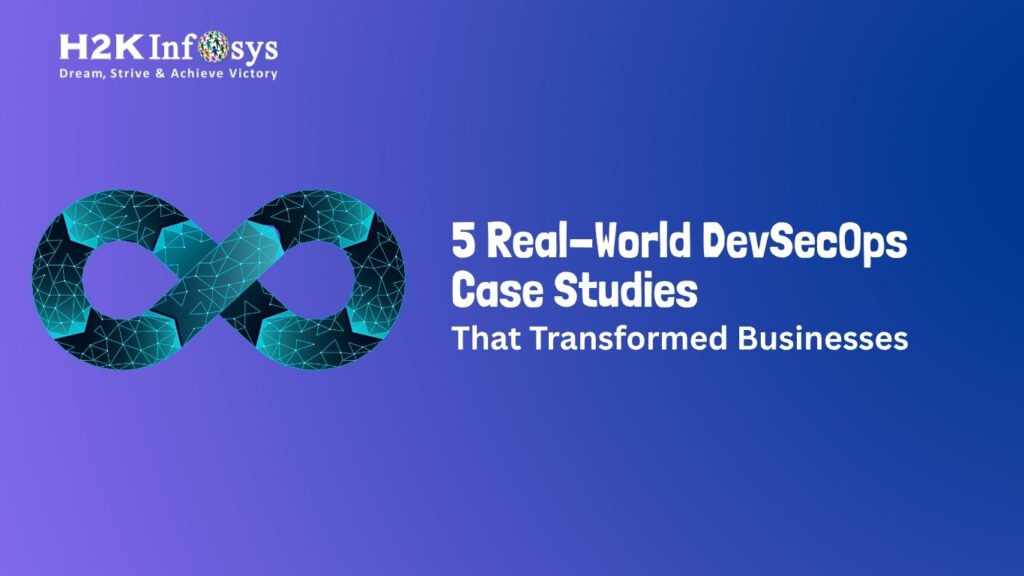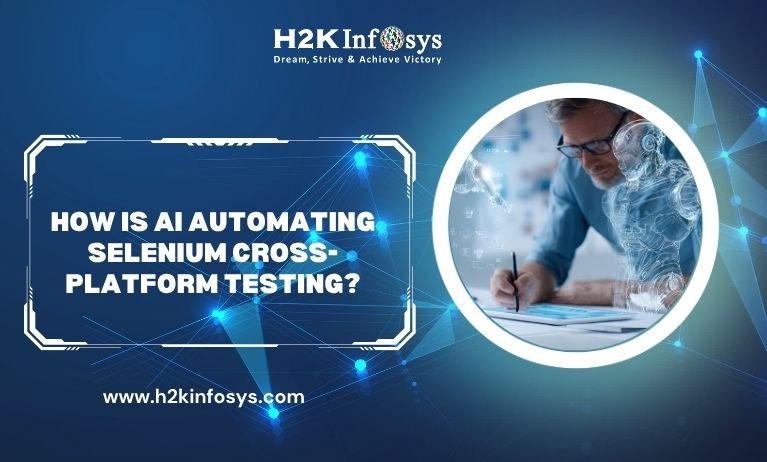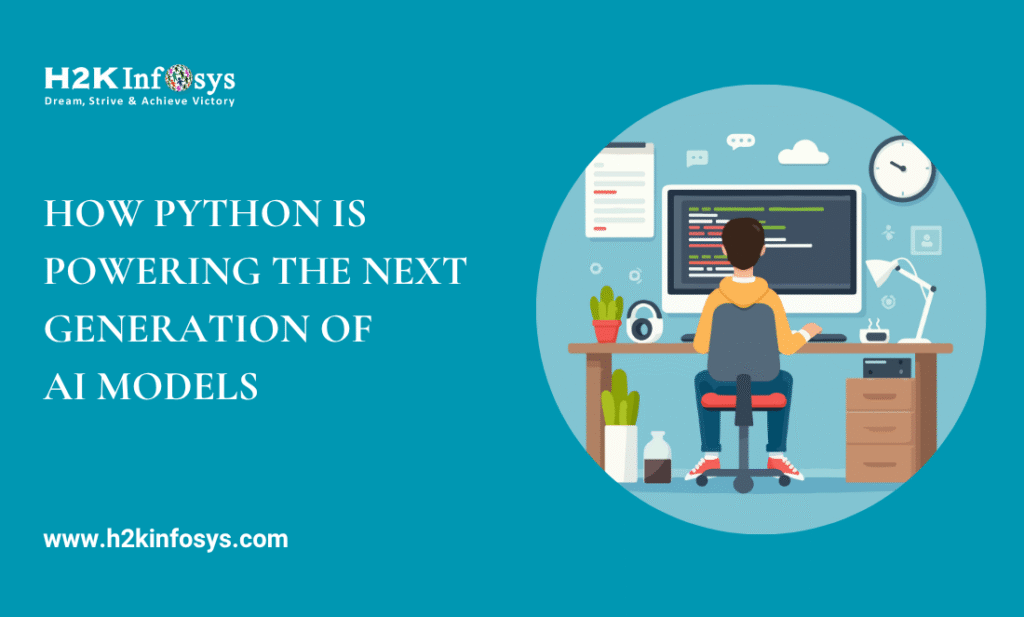Introduction
In the ever-evolving landscape of technology, cybersecurity has become a critical concern for organizations and individuals alike. With the increasing frequency and sophistication of cyber-attacks, the demand for skilled cybersecurity professionals has surged. This blog explores the various roles within Cybersecurity Roles Processes & Operating System involved, and the importance of operating system security. By understanding these elements, we can better equip ourselves to protect digital assets and ensure the integrity, confidentiality, and availability of information.
Key Cybersecurity Roles Processes & Operating System Security Answers
Security Analyst
Security analysts are responsible for monitoring and analyzing network traffic to detect and respond to security incidents. They employ various tools and technologies to identify vulnerabilities and potential threats. Their role includes:
- Incident Response: Identifying, analyzing, and mitigating security incidents.
- Vulnerability Assessment: Conducting regular assessments to identify potential security weaknesses.
- Security Information and Event Management (SIEM): Utilizing SIEM tools to correlate and analyze security data.
Security Engineer
Security engineers design and implement security measures to protect an organization’s systems and data. They work closely with other IT professionals to ensure that security best practices are integrated into the organization’s infrastructure. Key responsibilities include:
- Network Security Design: Designing secure network architectures.
- Firewalls and Intrusion Detection Systems: Implementing and maintaining firewalls and IDS.
- Security Protocols: Developing and enforcing security protocols and procedures.
Penetration Tester (Ethical Hacker)
Penetration testers simulate cyber-attacks on an organization’s systems to identify vulnerabilities before malicious actors can exploit them. They provide detailed reports on their findings and recommendations for remediation. Key tasks include:
- Red Team Exercises: Conducting simulated attacks to test an organization’s defenses.
- Vulnerability Exploitation: Identifying and exploiting vulnerabilities in systems and applications.
- Reporting and Recommendations: Providing comprehensive reports on vulnerabilities and mitigation strategies.
Chief Information Security Officer (CISO)
The CISO is a senior executive responsible for developing and implementing an organization’s information security strategy. They oversee the cybersecurity team and ensure that security measures align with business objectives. Key responsibilities include:
- Strategic Planning: Developing and implementing security policies and procedures.
- Risk Management: Identifying and mitigating security risks.
- Compliance: Ensuring compliance with relevant regulations and standards.
Security Consultant
Security consultants provide expert advice on various aspects of cybersecurity. They may work independently or as part of a consulting firm, offering services such as risk assessments, security audits, and strategic planning. Key roles include:
- Risk Assessment: Conducting comprehensive risk assessments and providing recommendations.
- Security Audits: Performing security audits to evaluate an organization’s security posture.
- Strategic Advisory: Advising on the implementation of security strategies and technologies.
Recommended To Read Also: Quality Assurance Training and Placement
Key Cybersecurity Processes
Risk Assessment and Management
Risk assessment and management are critical components of cybersecurity. This process involves identifying, assessing, and mitigating risks to an organization’s assets. Key steps include:
- Risk Identification: Identifying potential threats and vulnerabilities.
- Risk Assessment: Evaluating the likelihood and impact of identified risks.
- Risk Mitigation: Implementing controls and measures to mitigate risks.
Incident Response
Incident response is the process of identifying, investigating, and responding to security incidents. A well-defined incident response plan helps organizations quickly contain and mitigate the impact of incidents. Key components include:
- Detection and Analysis: Identifying and analyzing security incidents.
- Containment and Eradication: Containing the incident and eradicating the threat.
- Recovery: Restoring systems and data to normal operations.
Security Monitoring
Security monitoring involves continuously monitoring an organization’s systems and networks for signs of suspicious activity. This process helps detect and respond to threats in real-time. Key elements include:
- SIEM: Utilizing SIEM tools to collect and analyze security data.
- Threat Intelligence: Leveraging threat intelligence to identify potential threats.
- Anomaly Detection: Detecting anomalies in network traffic and system behavior.
Access Control
Access control is a fundamental aspect of cybersecurity that involves managing who has access to an organization’s systems and data. This process ensures that only authorized users can access sensitive information. Key components include:
- Authentication: Verifying the identity of users.
- Authorization: Granting or denying access to resources based on user roles and permissions.
- Account Management: Managing user accounts and access rights.
Data Protection
Data protection involves implementing measures to safeguard an organization’s data from unauthorized access, disclosure, or modification. Key strategies include:
- Encryption: Encrypting sensitive data to protect it from unauthorized access.
- Data Masking: Masking sensitive data to prevent exposure.
- Data Loss Prevention (DLP): Implementing DLP solutions to prevent data leaks.
Operating System Security
Operating system security is a critical aspect of cybersecurity that involves securing an operating system (OS) from threats and vulnerabilities. A secure OS forms the foundation for a secure computing environment. Key aspects include:
User Account Security
User account security involves managing user accounts and permissions to ensure that only authorized users have access to the system. Key practices include:
- Least Privilege: Granting users the minimum level of access necessary to perform their tasks.
- Strong Passwords: Enforcing strong password policies to protect user accounts.
- Multi-Factor Authentication (MFA): Implementing MFA to enhance account security.
Patch Management
Patch management involves regularly updating an OS and its applications with the latest security patches and updates. This process helps protect against known vulnerabilities and exploits. Key steps include:
- Patch Identification: Identifying available patches and updates.
- Patch Testing: Testing patches in a controlled environment before deployment.
- Patch Deployment: Deploying patches to systems and monitoring for issues.
System Hardening
System hardening involves configuring an OS to minimize its attack surface and reduce vulnerabilities. This process includes:
- Disabling Unnecessary Services: Disabling services and features that are not needed.
- Configuring Security Settings: Configuring security settings, such as firewall rules and access controls.
- Removing Unnecessary Software: Removing software that is not essential to the system’s operation.
File System Security
File system security involves protecting the integrity and confidentiality of files and data stored on a system. Key practices include:
- Access Controls: Implementing access controls to restrict access to sensitive files.
- File Encryption: Encrypting sensitive files to protect them from unauthorized access.
- Auditing and Logging: Monitoring file access and modifications for suspicious activity.
Network Security
Network security is a critical component of OS security that involves protecting the system’s network interfaces and communications. Key strategies include:
- Firewalls: Implementing firewalls to control incoming and outgoing network traffic.
- Intrusion Detection and Prevention Systems (IDPS): Deploying IDPS to detect and prevent unauthorized access.
- VPNs: Using virtual private networks (VPNs) to secure remote access to the system.
Operating System Security Best Practices
To ensure the security of an operating system, it is essential to follow best practices and industry standards. Some of the key best practices include:
- Regular Updates: Keeping the OS and applications up to date with the latest patches and updates.
- Security Policies: Implementing and enforcing security policies, such as password policies and access controls.
- Regular Backups: Performing regular backups of critical data to ensure recovery in the event of a security incident.
- Security Awareness Training: Educating users on security best practices and potential threats.
- Continuous Monitoring: Continuously monitoring the system for signs of suspicious activity and vulnerabilities.
Recommended To Read Also: Training for Testers
Conclusion
Cybersecurity is a multifaceted field that encompasses various roles, processes, and technologies. Understanding the key cybersecurity roles, such as security analysts, engineers, and CISOs, provides insight into the diverse career opportunities in this domain. The critical processes, including risk assessment, incident response, and security monitoring, form the backbone of an organization’s cybersecurity strategy. Operating system security is a fundamental aspect of protecting systems and data, and following best practices ensures a robust defense against cyber threats.
As cyber threats continue to evolve, staying informed and proactive is essential. By embracing a comprehensive approach to cybersecurity, organizations and individuals can safeguard their digital assets and maintain the trust of their stakeholders. Whether you are an aspiring cybersecurity professional or a seasoned expert, understanding these core concepts is crucial in the ongoing battle against cybercrime.
